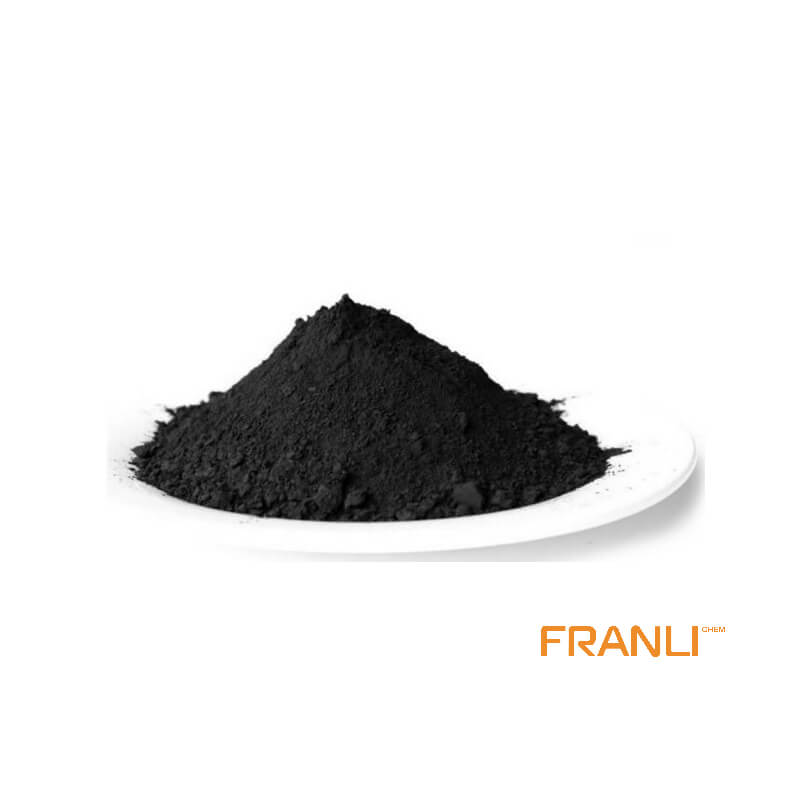Graphite Nanoplatelets
Size
50um/20um/10um
Package
According to customer requirements
Features
High strength, high electrical conductivity, etc.
Application
Can be used as filler(between 0.01% and 5%).
GN(Graphite Nanoplatelets) has excellent properties, such as mechanical properties, lubrication properties and electrical conductivity. It has large diameter thickness ratio, small size and nano thickness, so it is easy to form a good composite with polymer materials. Therefore, it can be used as a modifier in rubber, lubricating oil, polymer and other materials to improve the mechanical properties, lubricating properties and electrical conductivity of the base materials.
Request a quote
Graphite nanoplatelets are developed from graphite, so it has many characteristics of graphite, such as good electrical conductivity, thermal conductivity, etc.
Keywords: protective heat flow meter, thermal conductivity, nano graphite, epoxy resin, thermal interface material

Abstract
The center for nano-science and engineering, University of California, Riverside, used intercalation and thermal exfoliation process to treat natural graphite, dispersed in acetone to prepare uniform and controllable aspect ratio graphite nano-platelets(GNPs, GN), and compounded with epoxy resin to form thermal interface materials. The thermal conductivity of composite thermal interface materials with different contents was measured by the fox50 method. The results show that the multilayer graphene GN, N ~ 4, thickness ~ 2nm, can be used as an excellent thermal conductive filler for epoxy composites. When the content of G4 GNPs is 25 vol%, the thermal conductivity of G4 GNPs composite increases 30 times to 6.44 w / (MK), which is better than that of conventional filler with 70 vol%.
Introduction
With the miniaturization and high integration of microelectronic technology, thermal interface materials (TIMS) with higher performance are needed for the heat dissipation of electronic device packages. At present, based on polymer, grease, adhesive filled with thermal conductive filler such as silver powder, alumina or silica powder needs 50-70 vol% Filler to achieve 1-5 w / (MK) thermal conductivity. At present, some nano-materials, such as CNTs, have become excellent thermal conductive fillers (~ 3000 w / (MK) longitudinally), but the cost is high.
Graphene monolayer or multilayer materials with high thermal conductivity has been used as reinforcements of polymer materials, but the large-scale production of graphene monolayer or multilayer is still expensive. Graphene nanoplatelets are widely used as reinforced filling materials in the industry. The structure of graphene nanoplatelets contains short stacking of graphene layers, which has similar thermal and electrical properties as graphene, but the cost is lower.
In this paper, the epoxy matrix composites were prepared by intercalation and thermal exfoliation of natural graphite. The thermal conductivity of the composites with different contents was measured by the protection heat flux meter method. The results show that GNPs can greatly improve the thermal conductivity of the epoxy composites compared with other contrast fillers such as CNTs and carbon black.

Sample
The average size of purchased natural graphite flake is 500 um. 1g natural graphite flakes were treated with 12ml mixed concentrated sulfuric acid and nitric acid (3:1) solution for one night to form intercalated graphite and then filtered, cleaned, and dried for 2 days. Then put it into the nitrogen high-temperature furnace (the temperature is 200, 400, and 800 degrees respectively) for thermal shock stripping for 2 minutes. The GNP dispersing solution was obtained by dispersing the graphite flakes in acetone, mixing them in high shear for 30 min, and ultrasonic treatment in a water bath for 24 h. Then, epoxy resin (EPON 862) was added and stirred for 30min. Then, the curing agent was added and mixed evenly. Then, it was heated in stainless steel mold to 100 ℃ and cured for 2 hours, and cured for 2 hours at 150 ℃. For comparison, micron graphite particles (GMP, average length 30 um, thickness 10 UM), carbon black, and SWNT were prepared by the same process.
Thermal conductivity test equipment
The thermal conductivity of polypropylene matrix composites was measured by the protection heat flow meter, fox 50, laser comb, and TA. The size of the sample is 50 mm in diameter and 1-20 mm in thickness, which complies with ASTM e1530. The steady-state method is a direct measurement method, without measuring density and specific heat, the thermal conductivity can be obtained directly; The samples are larger and more representative for composites. It is suitable for the accurate measurement of the thermal conductivity of polymer matrix composites.
Results and discussion
Natural graphite flakes were intercalated by strong acid and then treated by thermal shock. The apparent volume and aspect ratio of exfoliated graphite flakes were controlled by three different gasification temperatures of 200, 400, and 800. The graphite nano-platelets were separated and stabilized by stirring in acetone. TEM images show that the graphene layer structure in the composites, the number of graphene layers decreases with the increase of thermal exfoliation temperature, and the degree of exfoliation increases with the increase of thermal exfoliation temperature. The complete thermal exfoliation temperature is 800 degrees, which can completely exfoliate and disperse the single graphene nano-platelets. The thermal conductivity test results in Fig. 2 show that the thermal peeling degree further improves the thermal conductivity of the composite. The thermal conductivity of GNP-800 at room temperature reaches 6.44 w / (MK) with 25 vol% filler. The thermal conductivity of GNP-800 increases by 100% with 1 vol% Filler, which is far more than that of traditional filler by 20%.




